Teddy Bear Hamster Facts For Kids (2024 Fun Facts)
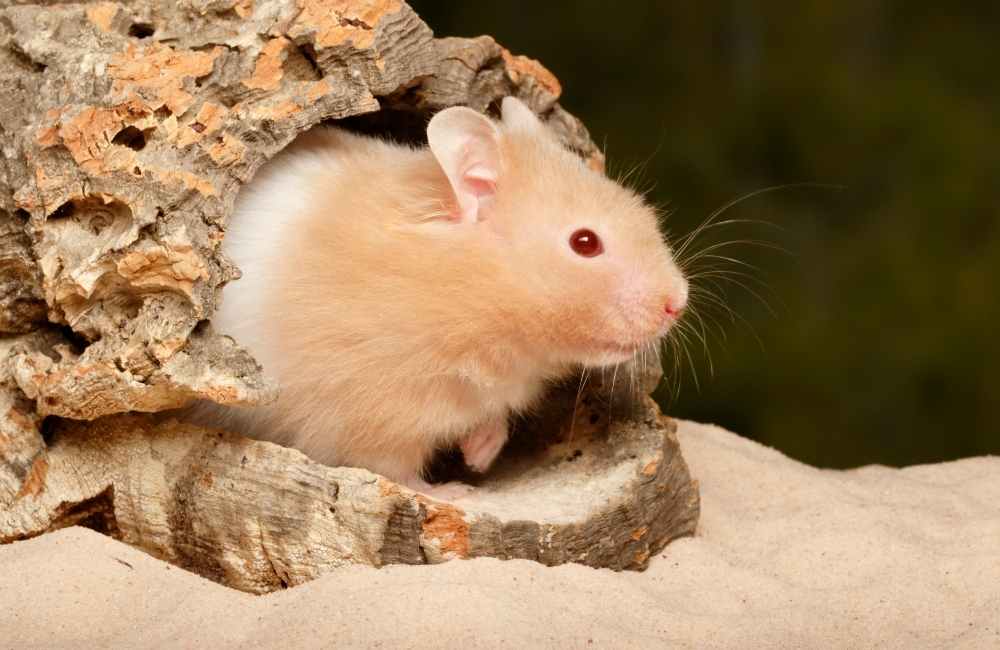
Teddy Bear Hamster is another name for the long-haired Syrian hamster. These tiny creatures eat grains, vegetables, and fruit. They are herbivores. The most popular hamster species, these hamsters are adorable and loving companions. Teddy bear hamsters are amiable and low-maintenance. As a result, older, more responsible children can easily handle them. They make great domestic pets.
Are Teddy Bear Hamsters and Syrian Hamsters the Same?
Yes! Teddy Bear Hamster is another name for the Syrian hamster. The common name stuck around because the animal looks adorable, like a little teddy bear. They are by far the most popular hamster breed.
The Syrian hamster was initially discovered in 1839 in Aleppo, Syria. In 1939, the breed was thoroughly domesticated. All current laboratory and Syrian pet hamsters appear to be descendants of a brother-sister pair collected in Syria in 1930. Members of the breeding colony went to the United States, where they became popular house pets.
What do Teddy Bear Hamsters Look Like?

Teddy Bear Hamster have short, round body with stocky legs and feet. They have silky golden-brown fur. Other members of the species have a variety of colors. Colors range from black to white to spotted. Some have long, fine hair that requires special care.
Syrian Hamster Size
They grow to be around 5-7 inches (12-17 centimeters) long as adults. They weigh about 4 ounces (almost 1/4 pound). Hamsters have tails. But, they are short in comparison to their body. So you can’t see their tails.
Where are Teddy Bear Hamsters found?
Hamsters were first discovered in Syria. They also live in Greece, Romania, Belgium, and northern China.
Typical Habitat of a Syrian Hamster
In the wild, they prefer warm, dry environments. Steppes, sand dunes, and deserts are their natural habitats. Their body shape and type make them a perfect fit for such habitats. Their diet, too, is in sync with such an environment. They store their food underground, in burrows. In warmer places, wild hamsters keep cool by living underground in these caves.
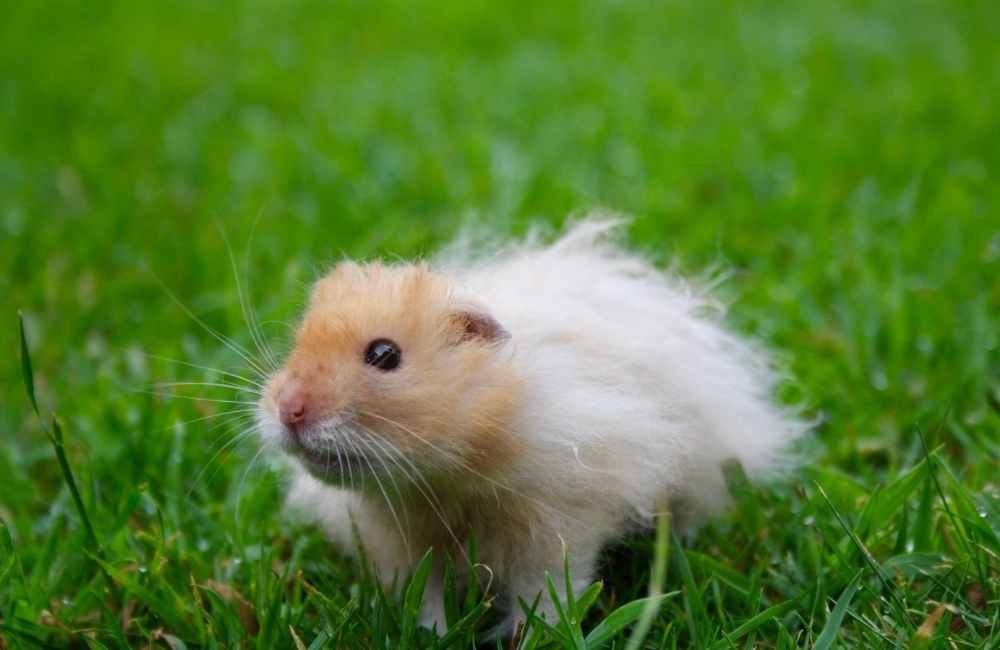
How long do Syrian Hamsters Live For?
In captivity, a Teddy Bear Hamster has a lifespan of about 2-3 years. But, they live for less time in the wild. Their natural habitat has a lot of danger and predators around them. According to their lifestyle, diet, and care, Teddy bear hamsters live for varied periods. The oldest Teddy Bear Hamster ever documented lived for eight years.
What does Teddy Bear Hamster Eat?
Seeds, grains, nuts, broken corn, fruits, and vegetables are all favorites of hamsters. Wild hamsters also eat insects, frogs, lizards, and other small creatures. According to the Canadian Federation of Humane Societies, their food should contain at least 16 percent protein and 5% fat.
Teddy Bear Hamster Behaviour and Traits
Generally, these creatures are fun and lively. That’s why they make great playmates and pets. Let’s take a look at some of its specific traits.
Night Dwellers
Teddy Bear Hamsters are nocturnal. They sleep in the day and are active at night. Moving from one place to another at night gives some protection from potential predators. At night, predators have a tough time seeing hamsters with black or dark coats.
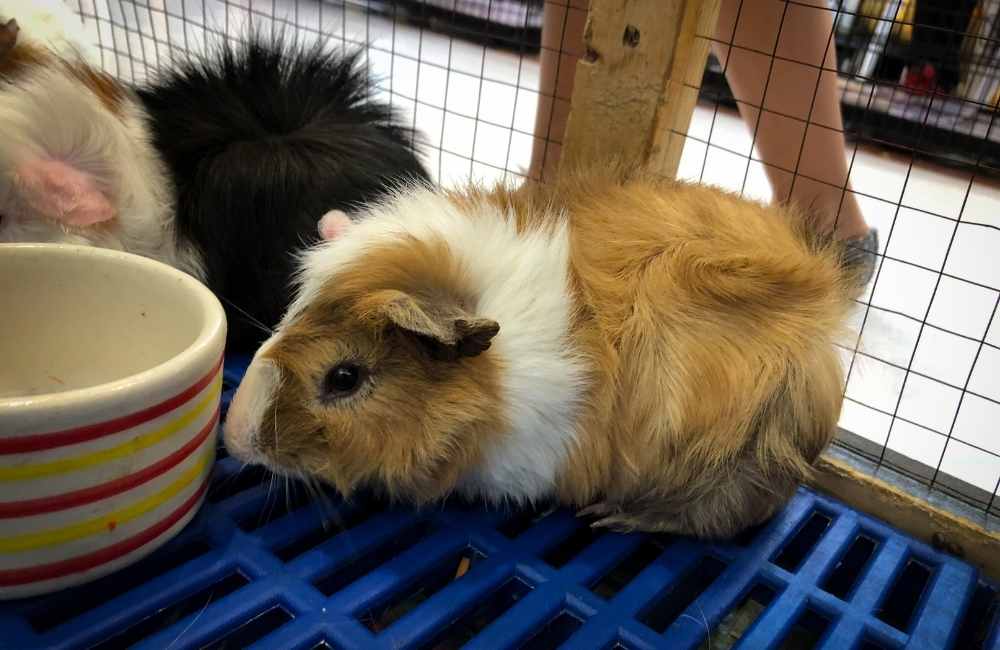
Cheek Pouches for Food Storage
Teddy Bear Hamsters have pouches in their cheeks. When they see predators, they pack their cheek pouches with food to make a quick exit. This lets them get to a safe location. They don’t have to worry about losing their food!
Sometimes, they also carry fibers in their cheek pouches. The hamsters can store some things needed to create bedding or shelter. When the Syrian Hamsters leave a place, they can build cozy shelters again because they have everything they need for it in their cheek pouches! Domesticated hamsters often hide their hoard under their bedding in cages.
Sharp Teeth to Defend Themselves
Although we are most familiar with these hamsters as pets, they have some defensive characteristics in the wild. Syrian hamsters have sharp teeth. They can use them to ward off predators. However, if the hamster is outmatched in size, its teeth cannot help it too much.
Loners By Nature
The hamster dislikes sharing space with other hamsters. They are aggressive and should never be in the same cage as other hamsters. It will bite and maybe kill the other hamster. You may introduce two hamsters for some time but monitor their mood closely. The minute you observe any aggression, it’s best to separate them.
Fancy Hamster vs. Teddy Bear Hamster
Fancy Bear Hamsters and Teddy Bear Hamsters are the same species. The differences are in appearance. For instance, Fancy Bear Hamster will have patterns in fur, like bands or spots. Fancy hamsters have shorter coats. They are also more expensive to buy from pet shops. Those are the only significant differences between the two.
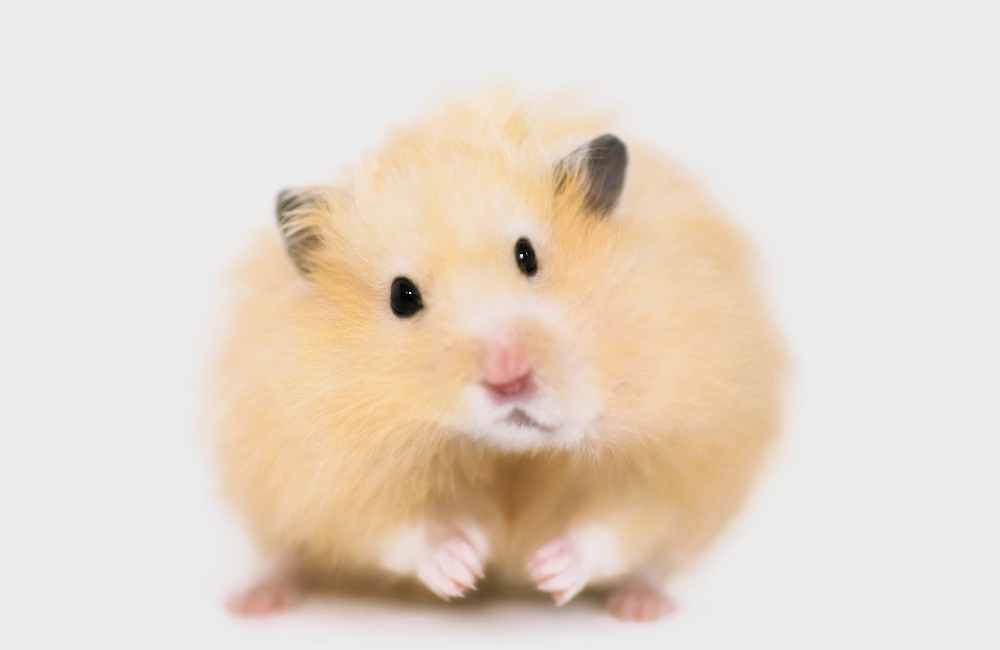
Breeding and Reproduction
Hamsters are rodents. Their reproductive cycles are pretty short and frequent. If there are two hamsters of the opposite genders, they will mate quickly. The female Teddy Bear Hamster will soon become pregnant. They have a 15 to 20-day gestation period. Females have two to three litters every year on average.
A litter of 6 to 12 pups is typical for a mother hamster. In a single litter, some females can give birth to up to 20 puppies. Because of this speed, it’s easy to have your house overrun with hamsters soon!
Baby Hamsters
Hamsters pups are very delicate and small upon birth. A Hamster pup at birth weighs less than an ounce. It has no hair. Their teeth and coat begin to grow around five days after birth.
They do not open their eyes till they are two weeks old. In that time, the mother hamster will take care of her babies. The babies will nurse for about three to four weeks. After that, they will start weaning off.
When you have baby hamsters in your cage, it is essential to provide lots of clean bedding material for the mother to create cozy nests. You can leave strips of toilet paper or even small bits of facial tissue and other soft fabrics for the hamster family.
Threats to Teddy Bear Hamsters
Hamsters are not the toughest creatures around. They are susceptible to a host of diseases. Wet Tail Disease is a condition that affects these hamsters. It causes bacteria to grow in the intestines, causing diarrhea and appetite loss. You should take a sick hamster to a good veterinarian for treatment.
Are they in danger of extinction?
We don’t know the exact population of Syrian Hamsters. However, according to scientists, their population might be decreasing. They are now categorized as a vulnerable species. They are under threat. With extreme endangering activity, their population will keep declining.
If we do not check harmful activities like destroying their habitat, Teddy Bear Hamster will come in danger of becoming extinct. Humans clear away extensive forest lands for settlements and constructions. This destroys their natural habitat and sources of food.
Animals that prey on Teddy Bear Hamsters
Teddy Bear Hamsters are tiny herbivores. They do not have a proper defense mechanism. They have sharp teeth and the ability to burrow holes. But, that is not enough to protect them. So, they become easy prey for any predators. Most common predators include snakes, owls, other birds of prey, dogs, and wild cats.
Are Teddy Bear Hamsters Good Pets?
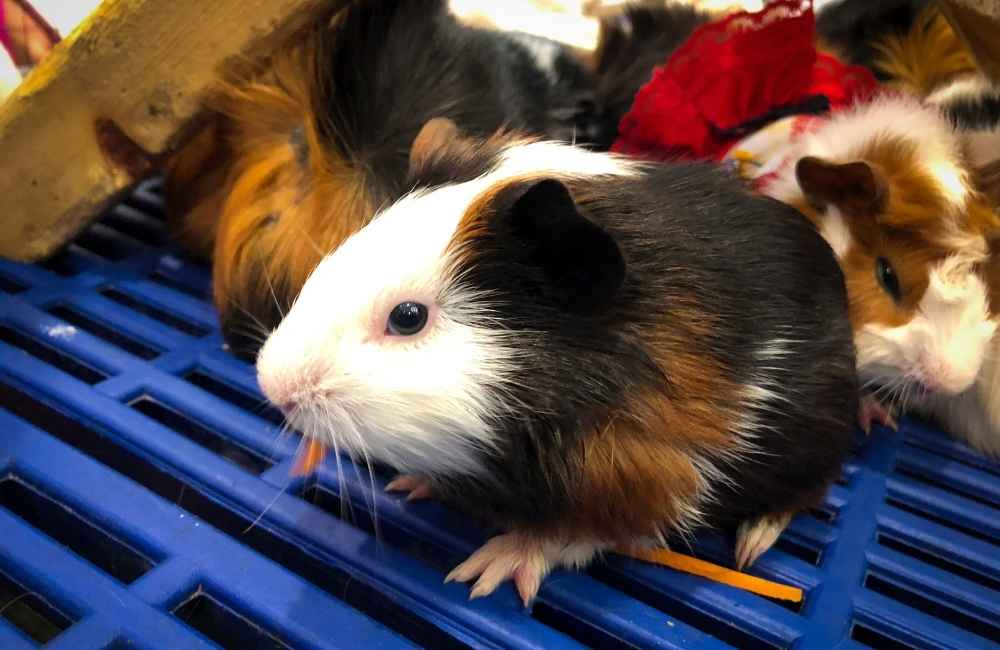
Teddy Bear Hamsters make excellent pets. They are easy to care for. You need to provide fresh water and food every day. You must also ensure that they have a clean cage or clean surroundings. They need peace, so make sure you’re not too loud around them. A child of around 12+ years can take care of a hamster quite easily. They are friendly and easy to care for.
Do They Bite?
Sometimes, Teddy Bear Hamsters bite when feel attacked. If there is too much noise or movement in their environment, they feel scared. Hamsters might bite then, too. However, if provided with a clean and safe environment, they are calm and happy. Your pet hamster will not bite you if you give it its space, privacy, and safety.
Hamster Houses
Hamsters need things to play with. They have lots of energy and love to scamper about. When you buy a hamster house or a cage, make sure they have plenty of things to do. The most common features include:
- A running wheel.
- Some stairs or obstacles to climb.
- Plenty of bedding material for the hamsters to nest.
Interesting Teddy Bear Hamsters Facts
- Teddy Bear Hamsters are small nocturnal herbivores.
- They are great domestic pets.
- They are originally from Syria and hence are also called Syrian Hamsters.
- They can carry food and bedding material in their cheek pouches.
